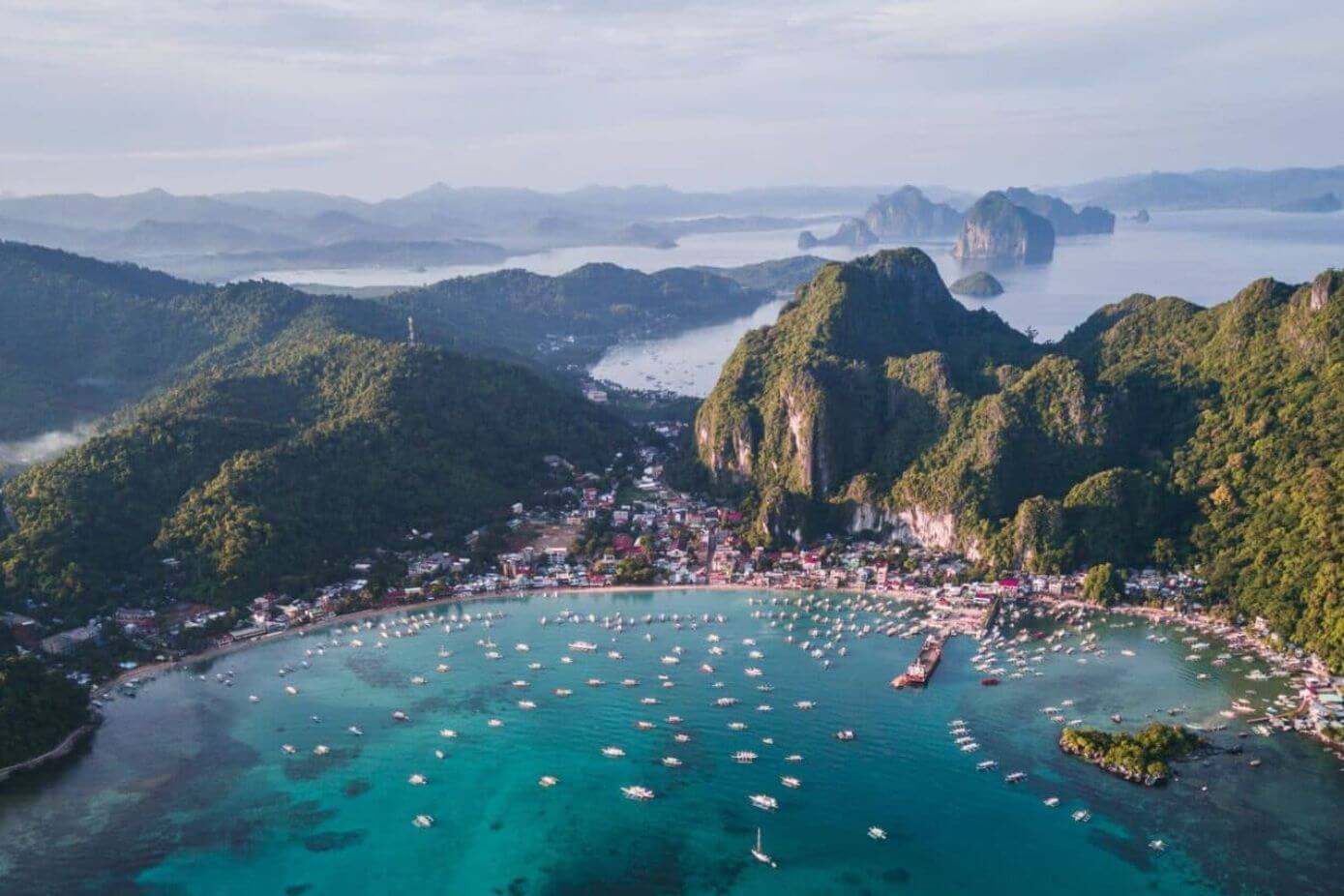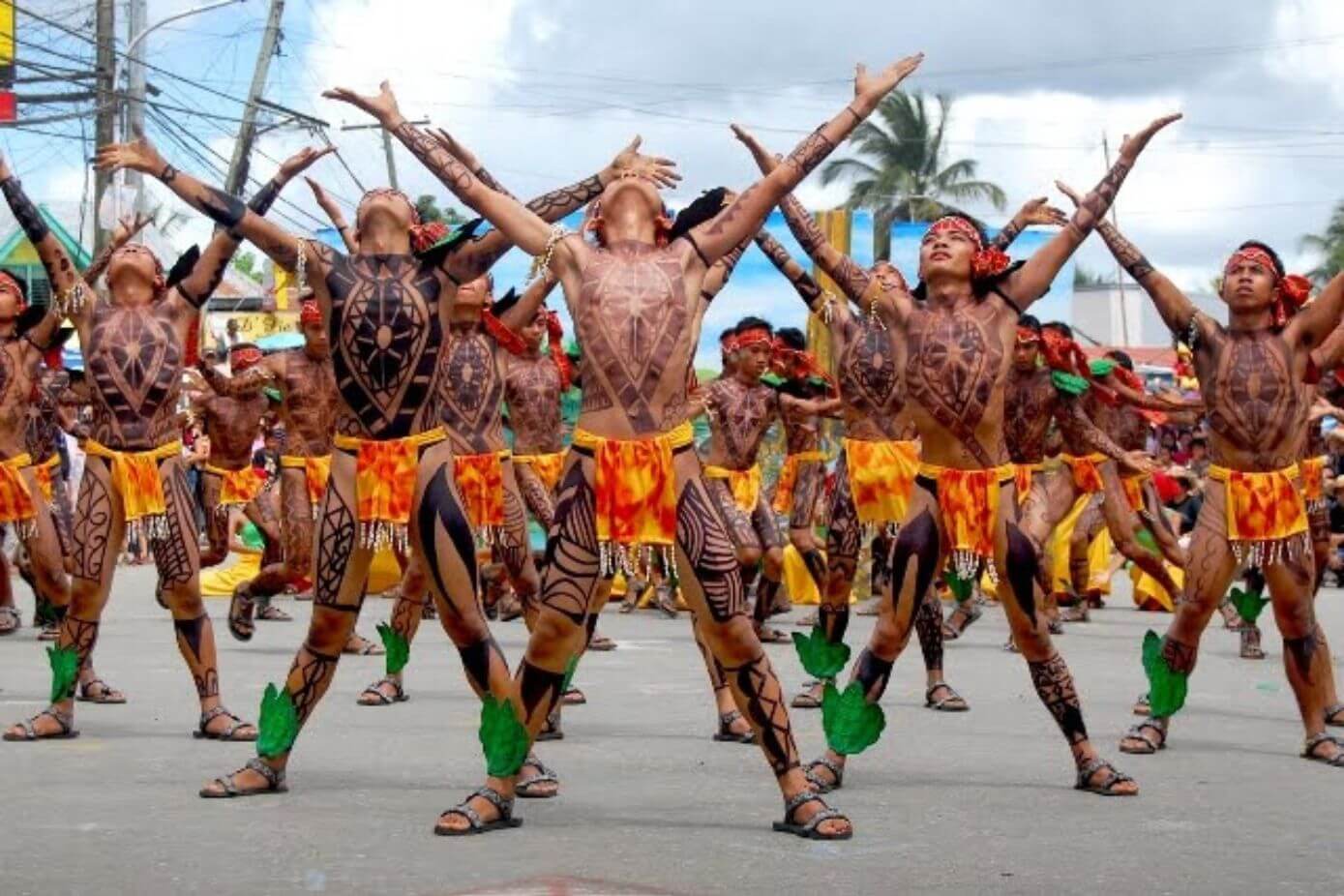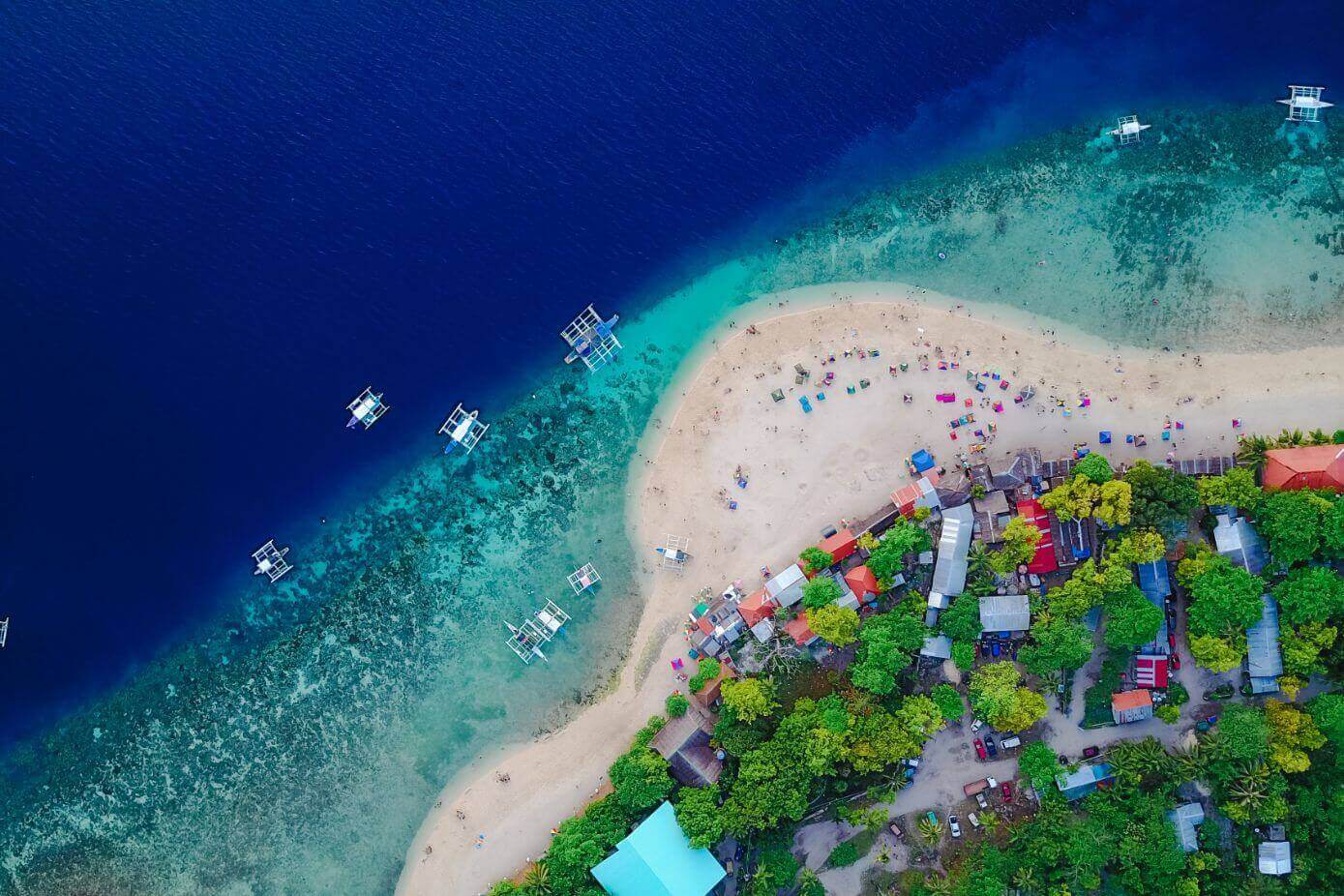Explore the Philippines, a nation of over 7,000 islands known for its stunning landscapes, rich history, and vibrant culture. This detailed guide offers insights into the diverse experiences the Philippines has to offer.
- Introduction to the Philippines
- Top Destinations
- Cultural Insights
- Filipino Cuisine
- Travel Tips
- Accommodations
- Transportation
- Language and Communication
- Safety and Health
- Visa Requirements
Introduction to the Philippines
The Philippines, with its unique blend of cultures, natural beauty, and a warm and welcoming population, offers a rich tapestry of experiences. From the bustling streets of its mega-cities to the serene beauty of its thousands of islands, the Philippines promises adventures both on land and at sea.
Top Destinations to Travel to The Philippines

- Manila: The nation’s capital is a bustling metropolis with a mix of modernity and historical sites. Key attractions include Rizal Park, Intramuros, and the National Museum.
- Boracay: Known for its powdery white sand beaches, azure waters, and vibrant nightlife. Perfect for water sports, relaxation, and island hopping.
- Palawan: Home to UNESCO World Heritage sites, Palawan is a paradise for nature lovers. Visit the stunning Subterranean River National Park and the idyllic El Nido.
- Cebu: Offering a mix of urban and natural attractions, Cebu is rich in historical sites and close to stunning beaches and diving spots like Moalboal.
- Siargao: A haven for surfers and beach lovers, famous for its surfing spots, natural lagoons, and laid-back atmosphere.
Cultural Insights

- Diverse Heritage: Experience the Philippines’ diverse cultural heritage, a blend of indigenous, Spanish, American, and Asian influences.
- Festivals: Celebrate vibrant festivals like Sinulog in Cebu and Panagbenga in Baguio, showcasing colorful parades, street dances, and cultural performances.
- Local Crafts: Discover the artistry of Filipino crafts such as weaving, pottery, and woodcarving in various regions.
Filipino Cuisine
- Regional Specialties: Each region has its unique flavors. Try the coconut-infused Bicol Express, the savory Ilocos Empanada, or the sweet Cebu Lechon.
- Street Food: Sample street food like Balut, Isaw, and Kwek-Kwek. Don’t miss the local fruits like Durian, Mangosteen, and Rambutan.
- Desserts: Indulge in Filipino desserts such as Ube Halaya, Leche Flan, and Buko Pandan.
Tips to Travel to The Philippines
- Best Time to Visit the Philippines: The dry season from December to May is the best time to visit the Philippines, offering sunny days and minimal rainfall.
- Cultural Etiquette: Filipinos are known for their hospitality. Respect local customs and traditions, especially in rural areas.
- Currency: The Philippine Peso (PHP) is the official currency. Credit cards are widely accepted, but cash is essential in remote areas.
- Responsible Tourism: Respect the natural environment, especially when visiting ecologically sensitive areas like coral reefs and mangroves.
- Connectivity: While Wi-Fi is common in urban areas, consider a local SIM card for more reliable connectivity.
Accommodations
- Luxury Resorts: The Philippines boasts world-class resorts, especially in destinations like Boracay, Palawan, and Cebu.
- Budget Travel: For budget travelers, there are numerous hostels and budget hotels offering comfortable and affordable stays.
- Cultural Stays: For an immersive experience, stay in traditional Filipino houses in rural areas or beach cottages in coastal towns.
Transportation

- Jeepneys and Tricycles: Jeepneys offer a colorful and local experience, while tricycles are ideal for short distances.
- Island Hopping: Explore the islands by renting a boat or joining an island-hopping tour.
- Inter-Island Travel: Domestic flights and ferries are the most efficient ways to travel between islands.
Language and Communication
- Language Diversity: The Philippines has over 170 languages, with Filipino and English being the most widely spoken.
- Learning Local Phrases: While English is widely understood, learning a few Filipino phrases can greatly enrich your experience.
Safety and Health
- Stay Informed: Keep updated on local news and advisories, especially during the rainy season when typhoons are more likely.
- Healthcare: While urban areas have good healthcare facilities, remote areas may have limited services.
- Travel Insurance: Recommended for medical emergencies and unexpected travel disruptions.
- Water Safety: Stick to bottled water for drinking and avoid tap water to prevent waterborne illnesses.
Visa Requirements to Travel to The Philippines
Understanding the visa requirements is crucial for planning your visit to the Philippines.
- Visa-Free Entry: Many nationalities benefit from visa-free entry for stays up to 30 days, typically requiring a passport valid for six months and a return or onward ticket.
- Pre-Arranged Tourist Visas: Travelers from countries not eligible for visa-free entry must obtain a tourist visa from a Philippines embassy or consulate before arrival.
- Long-Term Stays: For extended visits, you can apply for a long-term tourist visa, subject to specific requirements.
- Visa Extensions: Extensions are possible for tourists in the Philippines and can be processed at the Bureau of Immigration.
- COVID-19 Considerations: Stay updated on travel advisories and entry requirements related to the pandemic, including potential health screenings and quarantine measures.

